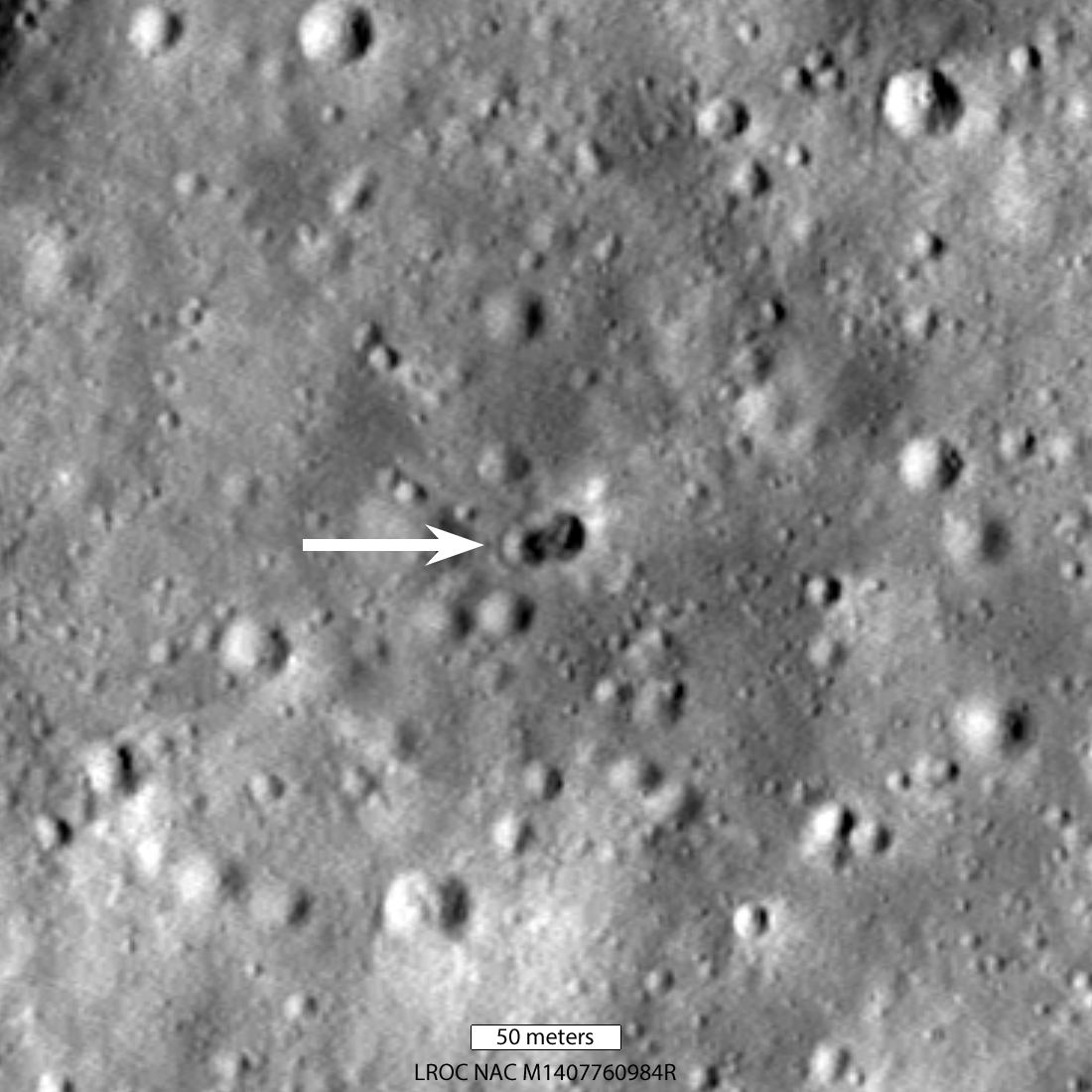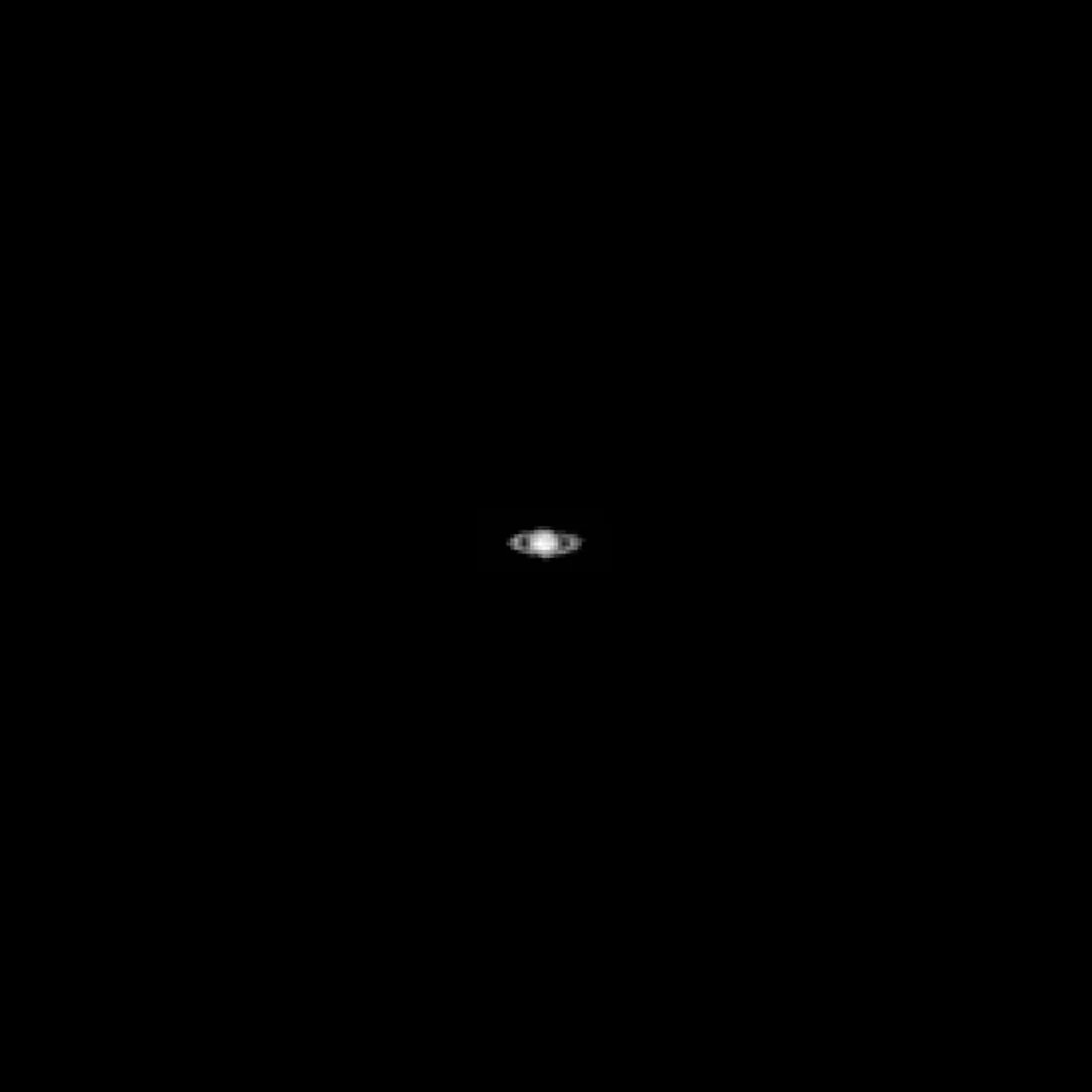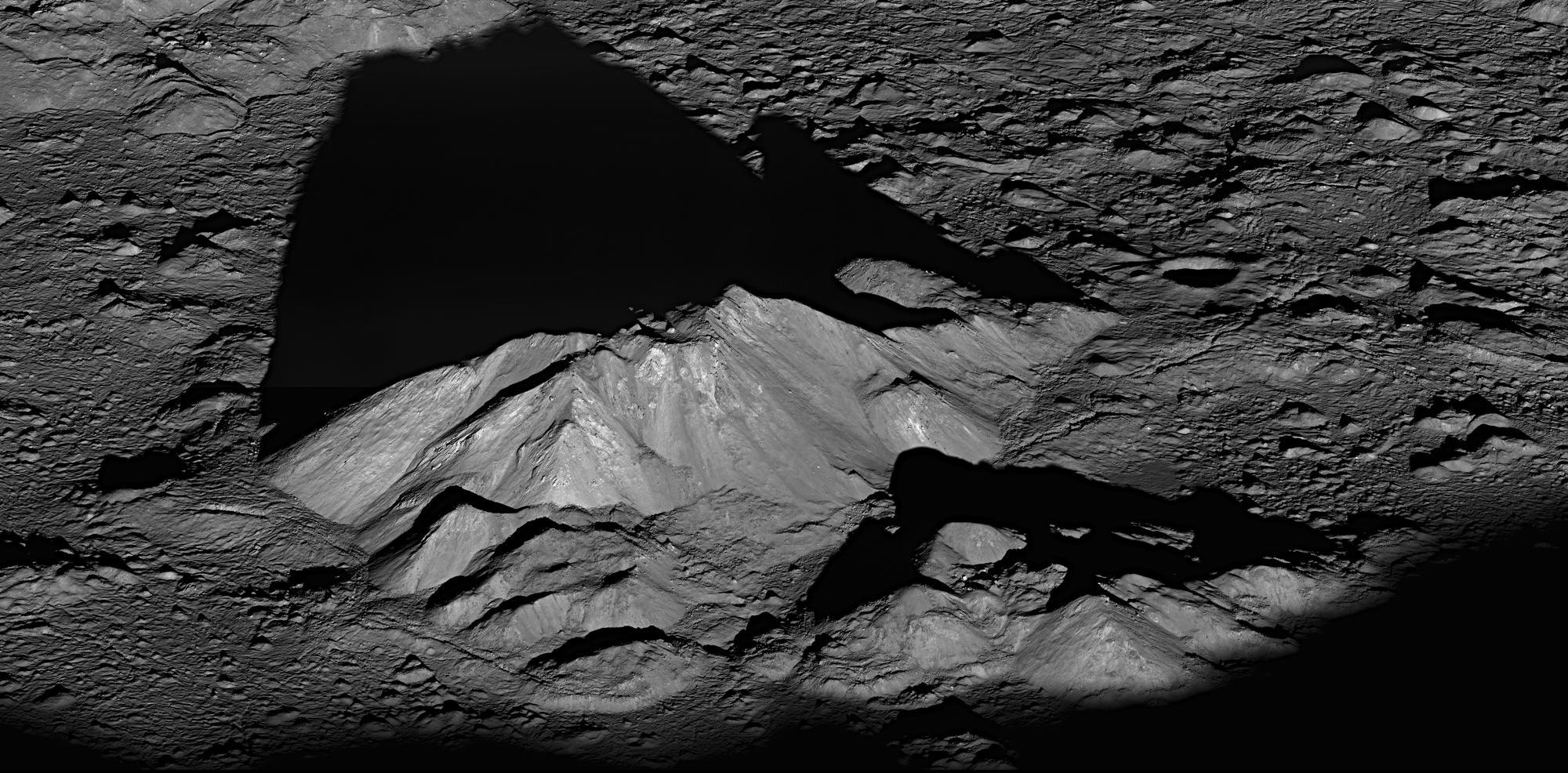Every year, NASA releases a detailed simulation of the Moon that shows how it will change through the year. They produce a couple of versions that show how it appears from the northern and southern hemisphere and others that highlight different features. Not only does it show the phases through the year but it also shows the change in size as its completes its orbit. The change in apparent size of the Moon is a result of its elliptical orbit so that it can appear up to 30% brighter.
Continue reading “NASA Releases its Moon Phases Animation for 2025”US Satellite Photographs a South Korean Satellite from Lunar Orbit
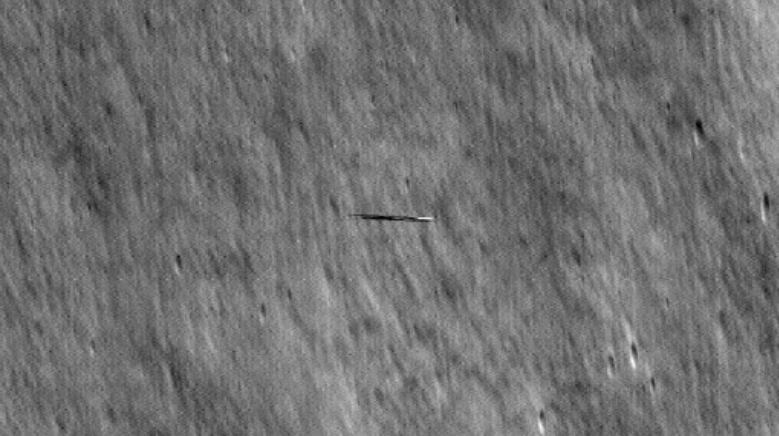
In 2009, NASA launched the Lunar Reconnaissance Orbiter (LRO.) Its ongoing mission is to map the lunar surface in detail, locating potential landing sites, resources, and interesting features like lava tubes. The mission is an ongoing success, another showcase of NASA’s skill. It’s mapped about 98.2% of the lunar surface, excluding the deeply shadowed regions in the polar areas.
But recently, the LRO team’s skill was on display for another reason: it captured images of another satellite speeding over the lunar surface.
Continue reading “US Satellite Photographs a South Korean Satellite from Lunar Orbit”The Darkest Parts of the Moon are Revealed with NASA’s New Camera
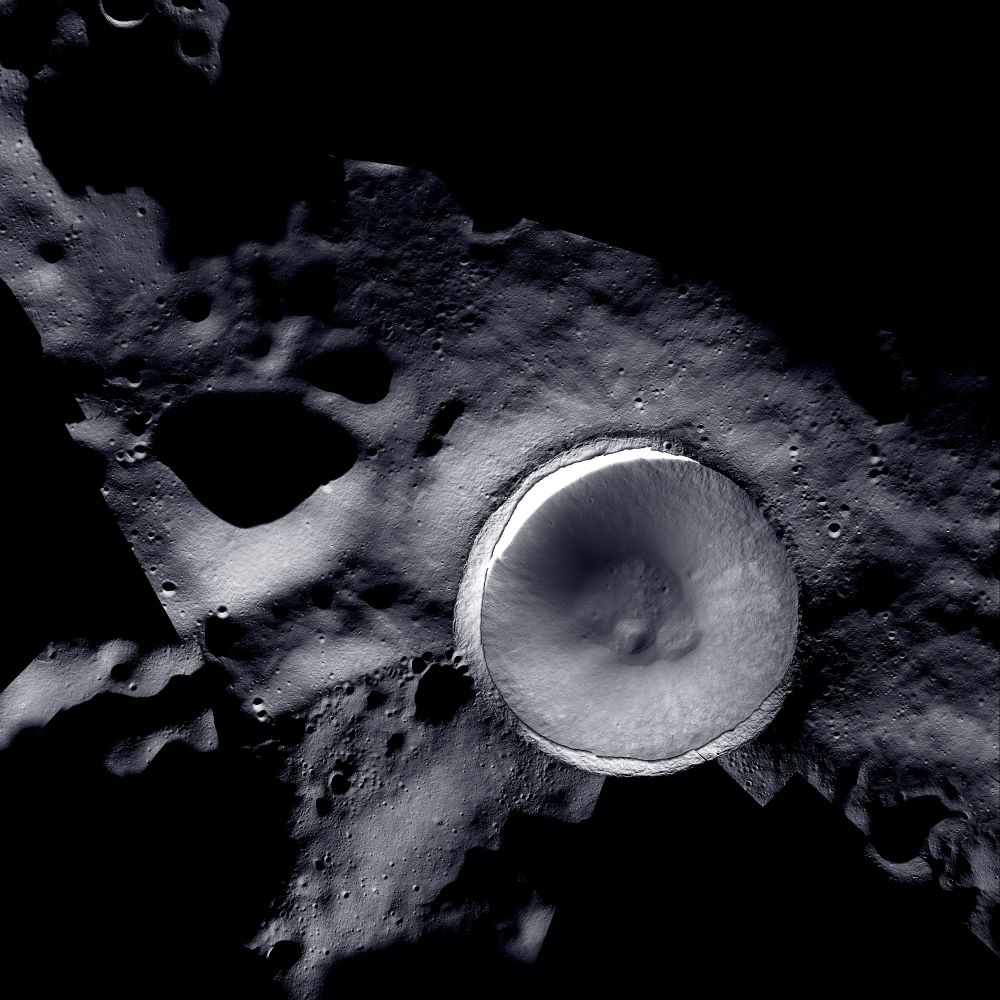
While the surface of the Moon has been mapped in incredible detail over the last several decades, one region has eluded orbital cameras due to the lack of sunlight, which are aptly called the permanently shadowed regions (PSRs) of the Moon. However, two cameras operating on two different lunar orbiters have recently worked in tandem to produce a stunning mosaic image of the lunar south pole’s Shackleton Crater, a portion of which resides directly on the lunar south pole and whose depths have been shrouded in complete darkness for possibly the last few billion years. As a result, scientists hypothesize that water ice could have accumulated within its dark depths that future astronauts could use for fuel and life support.
Continue reading “The Darkest Parts of the Moon are Revealed with NASA’s New Camera”NASA May Have Found Hakuto-R’s Crash Site

New images from NASA’s Lunar Reconnaissance Orbiter (LRO) appear to show the crash site where the Japanese Hakuto-R Mission 1 lunar lander impacted the surface of the Moon a month ago.
The refrigerator-sized HAKUTO-R was built by the startup company iSpace and was launched in December 2022 with the goal of becoming the first commercial lunar lander to touch down safely on the Moon. However, during landing operations on April 25, 2023, communications ceased just moments before touchdown should have occurred, and the lander was presumed lost.
Continue reading “NASA May Have Found Hakuto-R’s Crash Site”New Spacecraft Can See Into the Permanently Shadowed Craters on the Moon

Shackleton Crater at the lunar south pole is one of the locations on NASA’s shortlist for human exploration with the future Artemis missions. But because craters at the lunar poles — like Shackleton — at have areas that are perpetually in shadow, known as permanently shadowed regions (PSRs), we don’t know for sure what lies inside the interior. However, a new spacecraft with a specialized instrument is about to change all that.
Continue reading “New Spacecraft Can See Into the Permanently Shadowed Craters on the Moon”Remember That Rocket That was Going to Crash Into the Moon? Scientists Think They've Found the Crater
The Lunar Reconnaissance Orbiter (LRO) – NASA’s eye-in-the-sky in orbit around the Moon – has found the crash site of the mystery rocket booster that slammed into the far side of the Moon back on March 4th, 2022. The LRO images, taken May 25th, revealed not just a single crater, but a double crater formed by the rocket’s impact, posing a new mystery for astronomers to unravel.
Continue reading “Remember That Rocket That was Going to Crash Into the Moon? Scientists Think They've Found the Crater”Here’s The Exact Point of the Moon’s South Pole
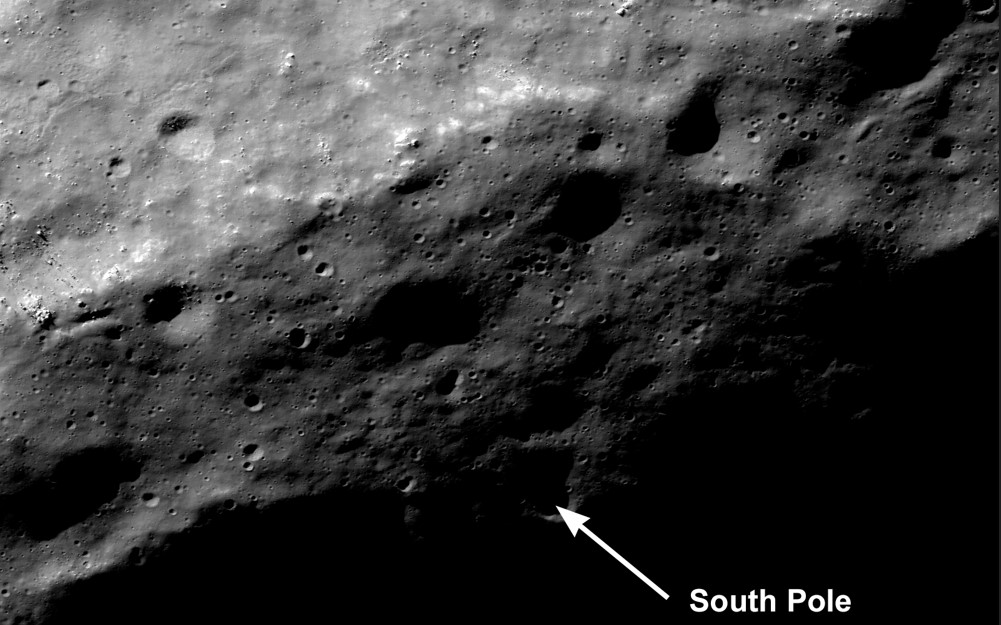
Since 2009, the Lunar Reconnaissance Orbiter (LRO) has been taking high-resolution pictures of the lunar surface. This data, along with the information from a laser altimeter mapping instrument has allowed scientists to create an incredibly detailed map of the Moon. NASA says they can now confidently pinpoint any feature on the Moon, including the exact location of its South Pole.
Continue reading “Here’s The Exact Point of the Moon’s South Pole”A Spacecraft Orbiting the Moon Just Captured an Image of Saturn
Cameras can be finicky – especially ones primarily used for astronomy. When used for a purpose other than their intended one, sometimes they result in horribly muddled or blurry images. However, sometimes an image works out just right and provides a whole new perspective on a familiar scene. That’s what happened recently when the Lunar Reconnaissance Orbiter (LRO) turned one of its cameras toward one of astronomy’s favorite places – Saturn.
Continue reading “A Spacecraft Orbiting the Moon Just Captured an Image of Saturn”NASA Spacecraft Takes a Picture of Jupiter … From the Moon
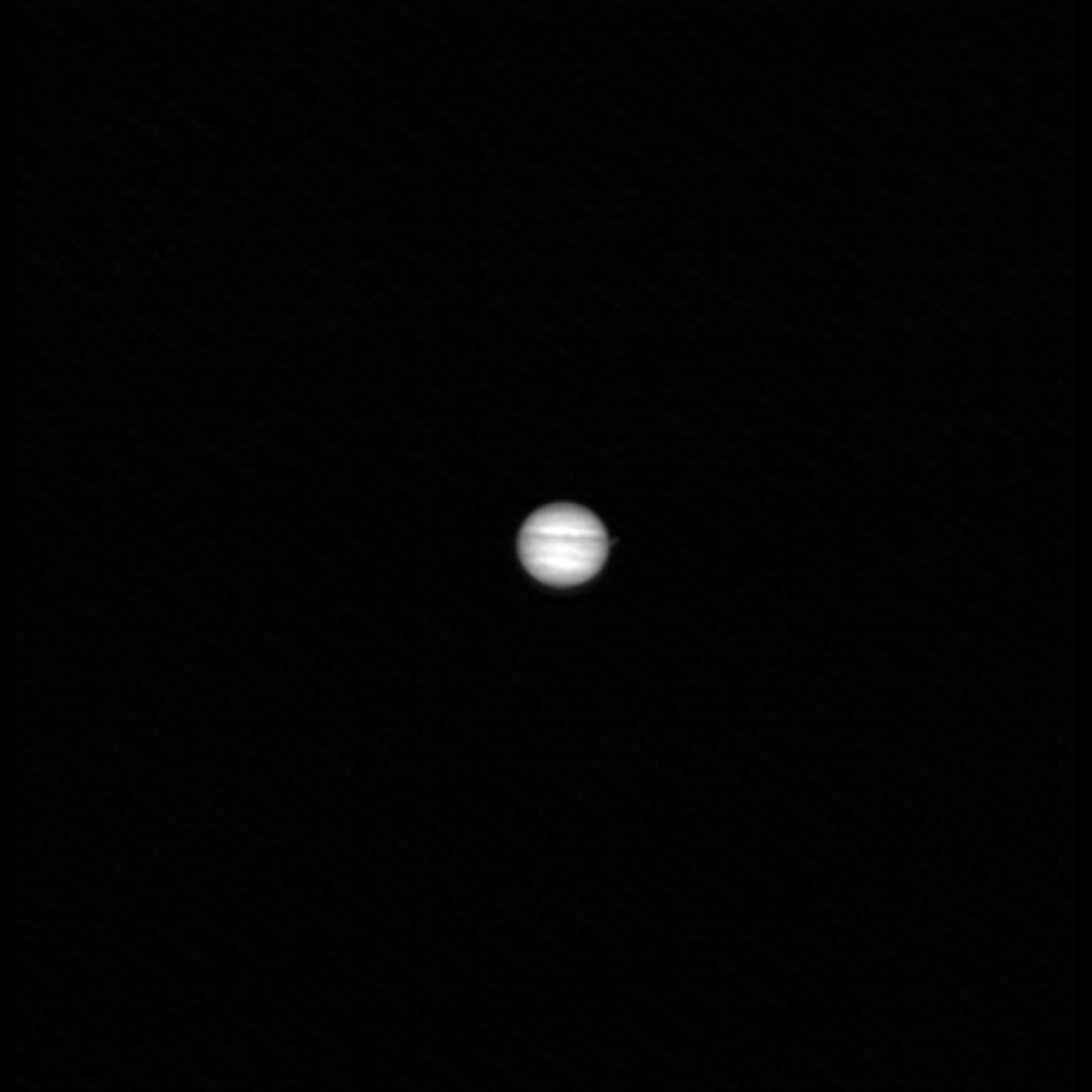
You know the feeling …. seeing Jupiter through your own telescope. If it gives you the chills — like it does for me — then you’ll know how the team for the Lunar Reconnaissance Orbiter felt when they turned their spacecraft around – yes, the orbiter that’s been faithfully circling and looking down at the Moon since 2008 – and saw the giant planet Jupiter with their camera. If you zoom in on the picture, you can even see Jupiter’s Galilean moons.
Continue reading “NASA Spacecraft Takes a Picture of Jupiter … From the Moon”Lunar Spacecraft Gets an Upgrade to Capture New Perspectives of the Moon
Eleven years into its mission, the Lunar Reconnaissance Orbiter (LRO) is starting to show its age, but a recent software update promises to give the spacecraft a new lease on life. As NASA’s eye in the sky over the Moon, the LRO has been responsible for some of the best Lunar observations since the days of Apollo. This new upgrade will allow that legacy to continue.
Continue reading “Lunar Spacecraft Gets an Upgrade to Capture New Perspectives of the Moon”

